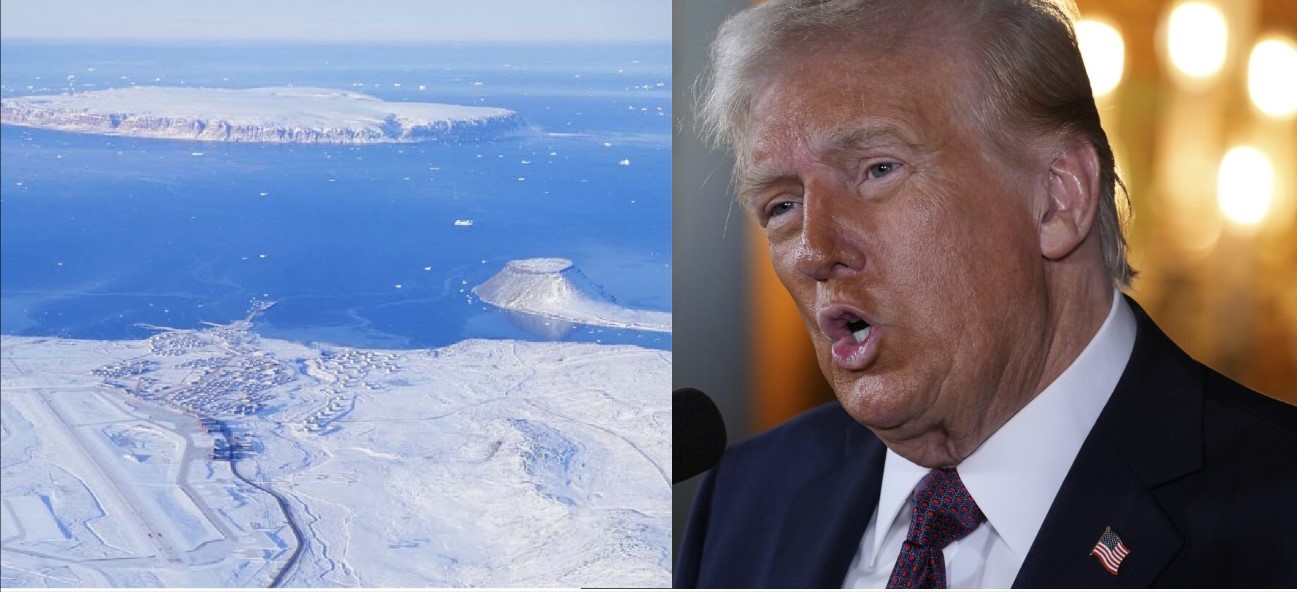India Plan to Build Strategic Natural Gas Reserve for Energy Security

India is in the process of formulating a strategic plan to construct a natural gas reserve capable of storing up to 4 billion cubic meters (BCM) of imported gas. This reserve would serve as a contingency measure during supply emergencies and contribute to stabilizing the domestic market, as indicated by individuals familiar with the matter.
Following the recent approval from oil minister Hardeep Singh Puri for the establishment of the gas reserve, the oil ministry has instructed Oil and Natural Gas Corp (ONGC), Oil India, and GAIL to collaboratively develop a comprehensive feasibility report. It is anticipated that these companies will submit the report within three months.
While India had previously considered the construction of strategic gas storage as part of its energy security plan, the high costs associated with such initiatives deterred progress. However, the geopolitical disruptions in the global gas market last year, which impacted India gas imports and led to production cuts in some factories, have prompted a reevaluation of strategic policies.
The current target is to achieve a gas storage capacity of 3-4 BCM, with an estimated construction cost ranging from $1-2 billion, according to sources. India, with a natural gas consumption of 60 BCM in the last fiscal year, aims to elevate the share of gas in its energy mix from the current 6% to 15% by 2030. The development of a large multi-location storage facility, an extensive pipeline network, and a mature gas exchange are envisioned to foster the growth of the domestic gas market. Furthermore, a significant gas storage capacity could position India as a regional hub, supplying neighboring countries such as Sri Lanka, Bangladesh, and Myanmar in the future.
The forthcoming feasibility report is expected to provide insights into cost estimates, potential locations, construction timelines, and business and financial models for the gas reserves. Utilizing depleted wells of ONGC and Oil India for storage is under consideration, with ONGC having identified two such wells in Gujarat, while Oil India aims to do the same in the North East.
The report is likely to recommend the most optimal storage model, addressing whether a strategic, commercial, or a hybrid model would be suitable for the country. Additionally, it will outline the necessary government support to ensure financial viability. The report will explore who can invest in such storage and how they can recover their investments. As India strives to transition to a gas-based economy and anticipates increased gas consumption in the future, the establishment of storage facilities becomes crucial to navigate short-term market challenges, especially considering that the country imports approximately half of the gas it consumes. Notably, major gas-consuming economies like Europe and China have successfully implemented large artificial gas storage facilities to manage domestic demand effectively.


